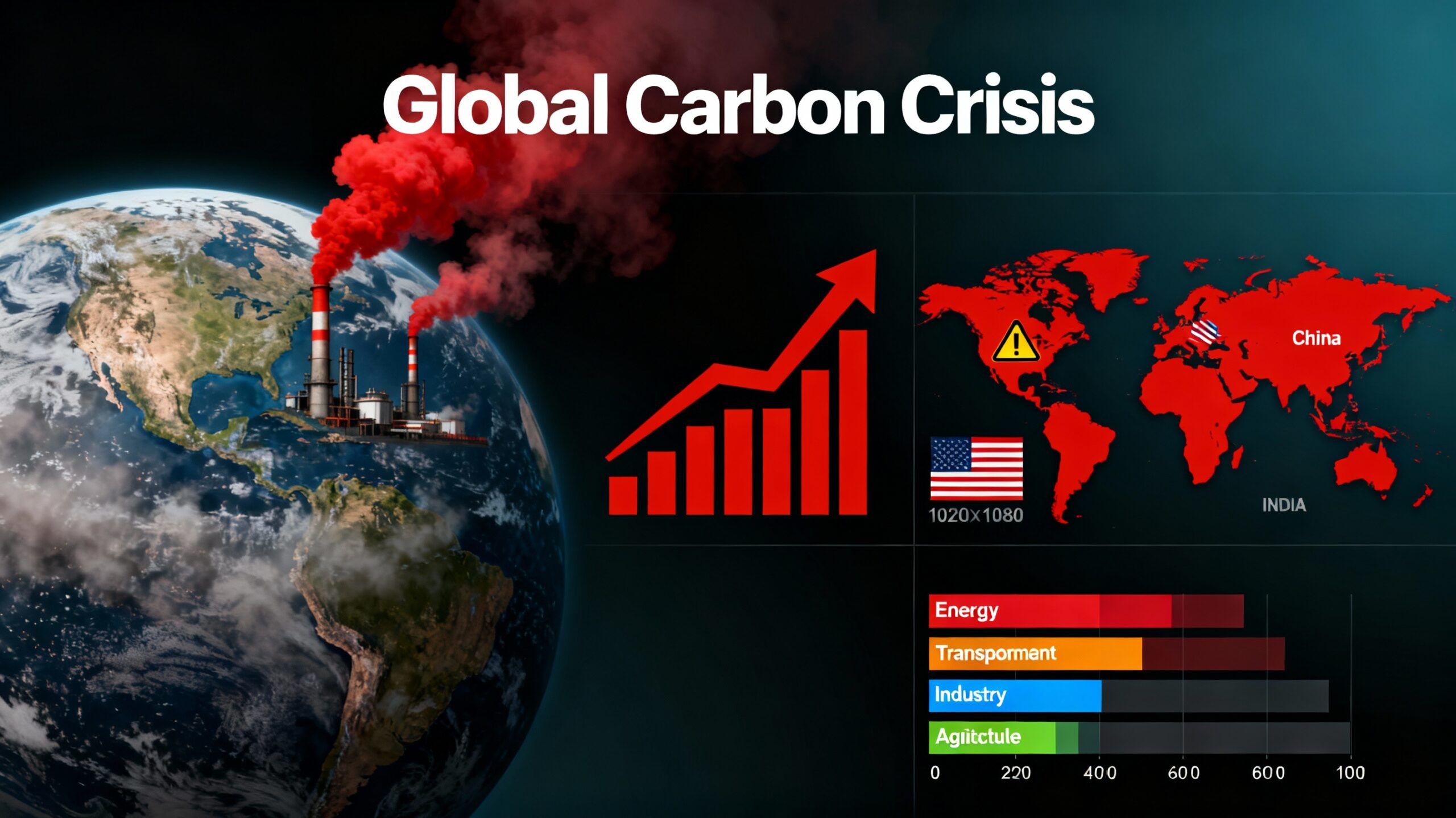AI Revolutionizes Renewable Energy Forecasting with Breakthrough Model
New machine learning advancements dramatically enhance wind and solar output prediction, paving the way for a more resilient, reliable green energy grid.
In a major development that could redefine how power grids adapt to fluctuating renewable energy sources, researchers have unveiled a cutting-edge artificial intelligence (AI) model capable of forecasting solar and wind energy output with unprecedented accuracy. The new system—developed collaboratively by researchers at the National Renewable Energy Laboratory (NREL) and a consortium of AI labs—is being hailed as a potential game-changer in the global shift toward clean energy.
At the heart of this innovation lies a sophisticated machine learning architecture that integrates high-resolution weather modeling, historical energy output data, and real-time satellite imagery to predict short- and long-term renewable energy availability. The model reportedly improves forecasting accuracy by up to 30% for solar energy and 25% for wind energy, a substantial leap over existing systems. (NREL, 2023)
The Forecasting Challenge
One of the fundamental challenges in renewable energy integration is its intermittency. Unlike fossil fuel-based power plants, wind turbines and solar panels produce energy based on natural conditions that vary hourly, seasonally, and regionally.
“Traditional forecasting methods often fall short in capturing rapid weather shifts, particularly in regions with volatile climates,” explains Dr. Alisha Mendes, a senior data scientist at NREL. “This leads to either overproduction, which can overload the grid, or underproduction, which can cause power shortages and force reliance on backup fossil fuels.”
Grid operators rely heavily on accurate predictions to manage energy storage, regulate load balancing, and maintain reliability. Even small errors can lead to substantial economic losses or force emergency procurement of fossil-based energy—a setback in both financial and environmental terms (IEA, 2022).
Enter AI: Machine Learning Meets Meteorology
The new AI model addresses these issues by leveraging deep learning techniques trained on petabytes of historical weather data, satellite images, and on-site sensor data from renewable installations. Unlike traditional statistical models that might use a handful of weather features, this system incorporates thousands of data points in real-time, identifying subtle patterns that elude conventional models.
At its core is a neural network architecture combining convolutional neural networks (CNNs) for spatial pattern recognition and long short-term memory (LSTM) networks for temporal forecasting. The CNNs analyze satellite imagery and detect cloud formations, storm fronts, and wind flow variations, while LSTMs track how those conditions evolve over time (IEEE Spectrum, 2022).
One of the most remarkable aspects of the system is its integration with Numerical Weather Prediction (NWP) models such as the High-Resolution Rapid Refresh (HRRR) system. Instead of treating NWP output as static input, the AI model dynamically adjusts the forecasts based on its own error-checking algorithms. “It’s effectively a self-correcting feedback loop,” says Dr. Mendes. “The more it learns, the better it becomes at correcting for anomalies like sudden cloud cover or wind shear.”
Field Deployment and Early Results
In pilot programs across several U.S. states—including California, Texas, and Colorado—the AI model has been deployed to forecast both utility-scale and distributed renewable energy output. In California’s Central Valley, a region known for both solar abundance and atmospheric unpredictability, the model outperformed existing forecasting tools by nearly 32% in day-ahead solar predictions during peak summer months.
For wind energy, the model showed particular promise in the wind-rich plains of Texas, where it improved 6-hour forecasts by up to 27%, helping grid operators better plan energy storage and backup scheduling.
“We’ve seen reduced curtailments and improved load balancing just weeks into deployment,” says Miguel Arroyo, a senior operations manager at a regional transmission operator in Texas. “This kind of accuracy lets us integrate more renewables without compromising reliability.” (California ISO, 2023)
Implications for Grid Reliability and Energy Markets
Accurate forecasting has cascading benefits for grid reliability and energy market dynamics. With improved predictions, utilities can optimize when to store surplus energy, when to release it, and how much reserve generation to keep online. This reduces dependence on peaker plants—typically gas-fired stations used during high demand—which are both costly and carbon-intensive.
Furthermore, better forecasting enhances energy market pricing. Markets operate on supply and demand fundamentals, and unpredictability leads to price volatility. By narrowing the forecasting error margins, the AI model helps stabilize wholesale electricity prices, benefiting utilities, regulators, and ultimately consumers.
It also supports increased penetration of distributed energy resources (DERs) such as rooftop solar and small-scale wind. These resources are harder to predict than centralized plants, but the model’s fine-grained spatial forecasting enables more accurate aggregation of their outputs.
Research and Future Directions
The innovation is backed by a growing body of research in computational meteorology, reinforcement learning, and probabilistic modeling. Teams at MIT, Stanford, and the University of Colorado are already building on the model’s foundation to explore multi-modal AI systems that combine weather, market, and behavioral data for even more holistic energy management.
One promising direction is the integration of reinforcement learning agents that can simulate thousands of forecast-based dispatch strategies and adapt in real-time. Another involves the use of generative models like GANs (Generative Adversarial Networks) to simulate future weather scenarios under different climate change trajectories, aiding in long-term infrastructure planning.
There’s also increasing interest in explainable AI (XAI) to make these complex models more transparent to grid operators and regulators. “Trust is key,” notes Dr. Mendes. “Operators need to understand why the model is making a certain prediction—not just what it’s predicting.”
Challenges and Cautions
Despite the enthusiasm, challenges remain. Large-scale AI deployment requires significant computational resources, data standardization, and cross-agency coordination. The models are only as good as the data fed into them, and real-world weather sensors often suffer from gaps or noise.
There’s also the issue of cybersecurity. As grids become more AI-dependent, the risk of adversarial attacks increases. Ensuring the robustness of these systems against malicious inputs or model manipulation is now a top priority.
Moreover, as with many AI systems, there’s an ongoing concern about bias in training data. Early iterations of forecasting models trained on predominantly clear-sky data, for example, underperformed in coastal or high-latitude environments. Today’s systems are more inclusive, but constant vigilance is necessary.
Conclusion
The rise of AI in renewable energy forecasting marks a turning point in the global energy transition. By significantly improving the predictability of wind and solar output, these models can unlock higher levels of renewable integration, reduce carbon emissions, and enhance the stability of our electric grids.
As deployment scales and the technology matures, AI may prove to be the invisible but essential force behind the clean energy revolution—forecasting not just the weather, but a more sustainable future.




